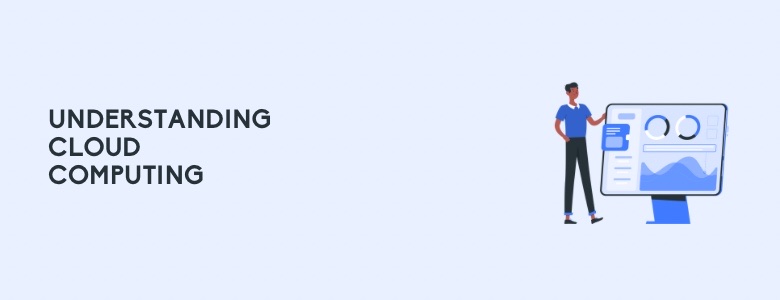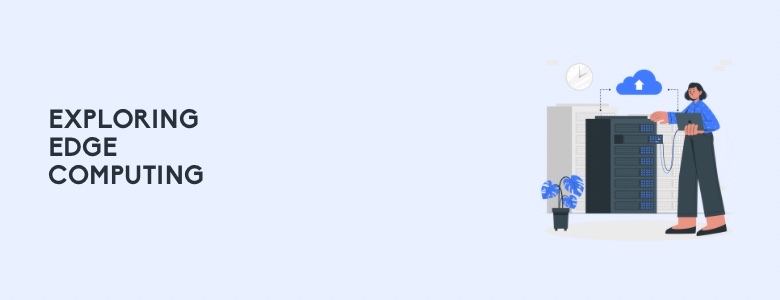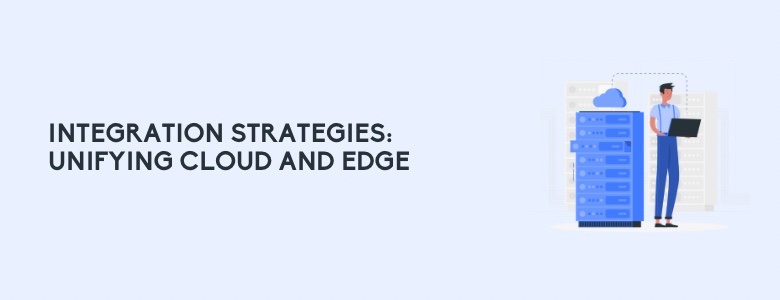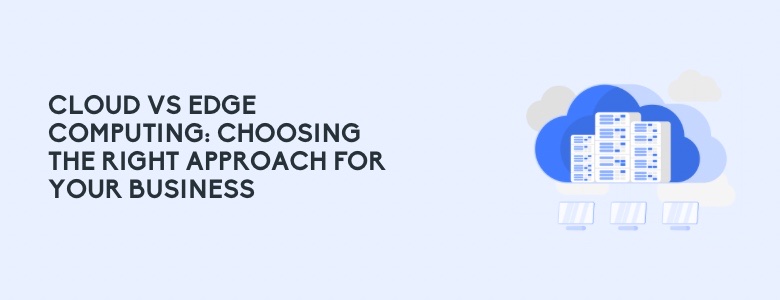Today, businesses operate in a diverse digital landscape where they can benefit from a variety of different technologies. A good example of this would be the topic of the article, cloud computing and edge computing. Both technologies can greatly help businesses improve on their operations depending on each business’ unique requirements or circumstances.
Let’s delve into the details of cloud computing and edge computing, considering their impact on businesses in the Philippines, and discover how these technologies can be effectively utilized to meet distinct business needs.
Understanding Cloud Computing

Cloud computing transformed the IT industry by providing instant access to computing resources via the Internet. Companies can expand their infrastructure, store data, and run applications without the hassle of managing physical servers. This flexibility empowers businesses of all sizes to concentrate on growth and innovation rather than infrastructure upkeep.
Leading providers such as Amazon Web Services (AWS), Microsoft Azure, and Google Cloud offer a range of services including infrastructure as a service (IaaS), platform as a service (PaaS), and software as a service (SaaS). These services support tasks like hosting websites, managing databases, performing analytics, and deploying AI applications.
However, cloud computing has its considerations. Despite its scalability and accessibility, cloud services can encounter latency issues, particularly for real-time applications. Additionally, concerns about data sovereignty and compliance can arise due to centralized data storage. These factors prompt businesses to explore alternatives like edge computing.
Exploring Edge Computing

Edge computing relocates data processing nearer to the data source, reducing latency and enabling real-time insights and decision-making. In the Philippines, edge computing holds great promise for industries like manufacturing, healthcare, and transportation, where immediate responses are essential.
Devices at the edge, such as IoT sensors, gateways, and servers, process data locally before transmitting relevant information to the cloud for further analysis or storage. This distributed setup optimizes bandwidth usage and enhances data security, especially in environments with limited connectivity.
The rise of edge computing is fueled by advancements in IoT, 5G networks, and edge AI capabilities. By integrating edge solutions with cloud infrastructure, businesses can explore new avenues for innovation while addressing challenges associated with traditional cloud-centric setups.
Integration Strategies: Unifying Cloud and Edge

Rather than viewing cloud and edge computing as competing options, businesses can benefit from a hybrid approach that harnesses the strengths of both models. Hybrid architectures allow organizations to process critical data at the edge for low latency and real-time insights, while utilizing the scalability and resources of the cloud for less sensitive workloads.
Integration strategies include data orchestration, workload distribution, and seamless connectivity between edge devices and cloud environments. By implementing hybrid cloud-edge solutions, businesses can achieve optimal performance, scalability, and cost efficiency tailored to their unique needs.
To learn more about Cloud and Edge Computing, you can contact us at marketing@ctlink.com.ph to learn more!


2 Responses